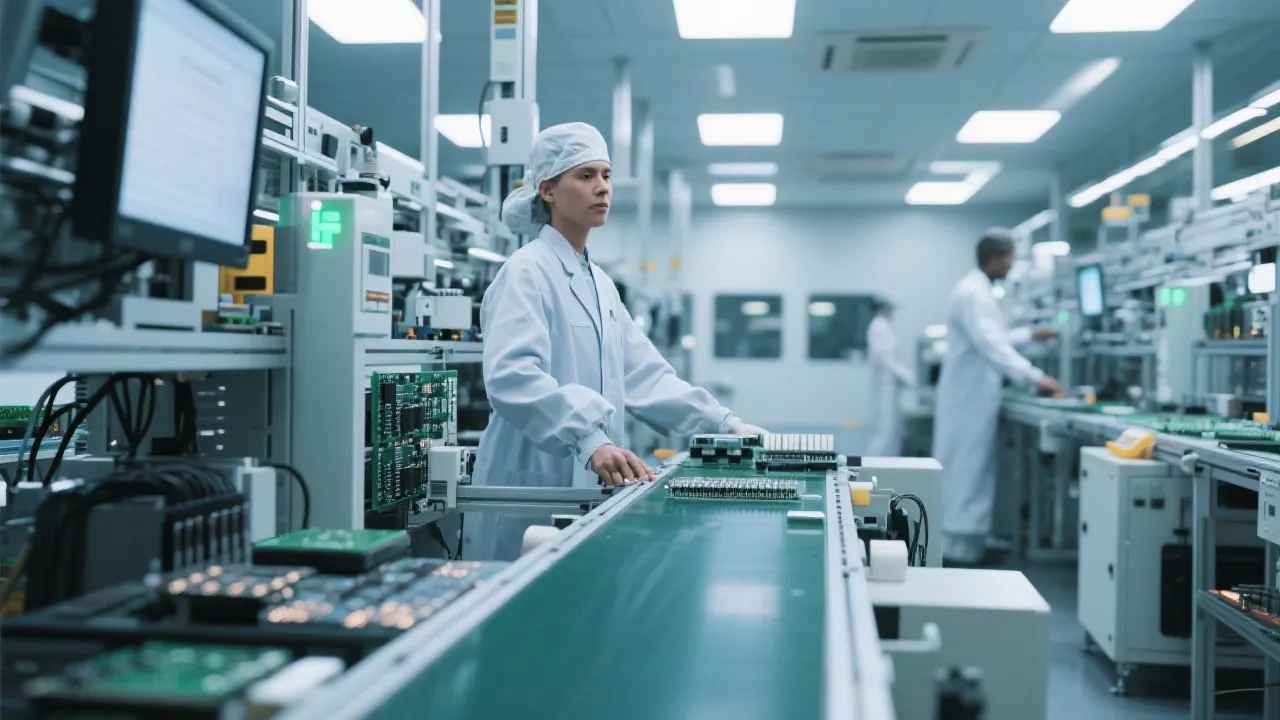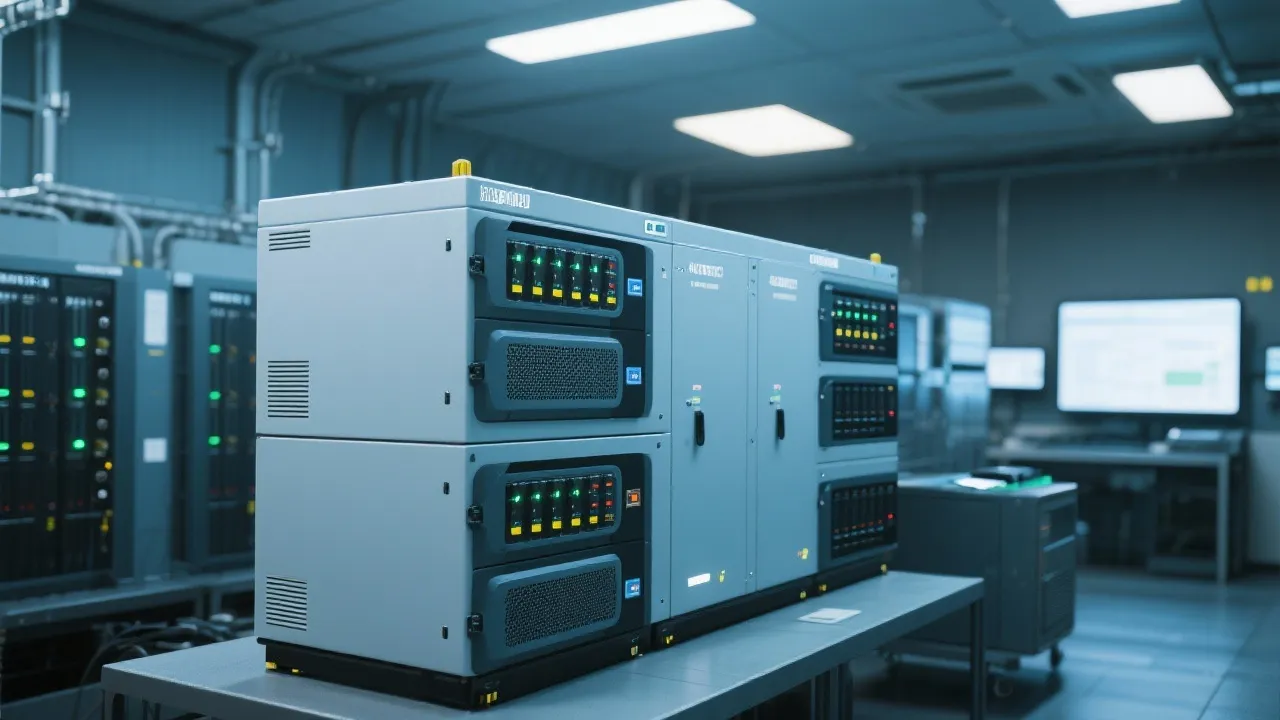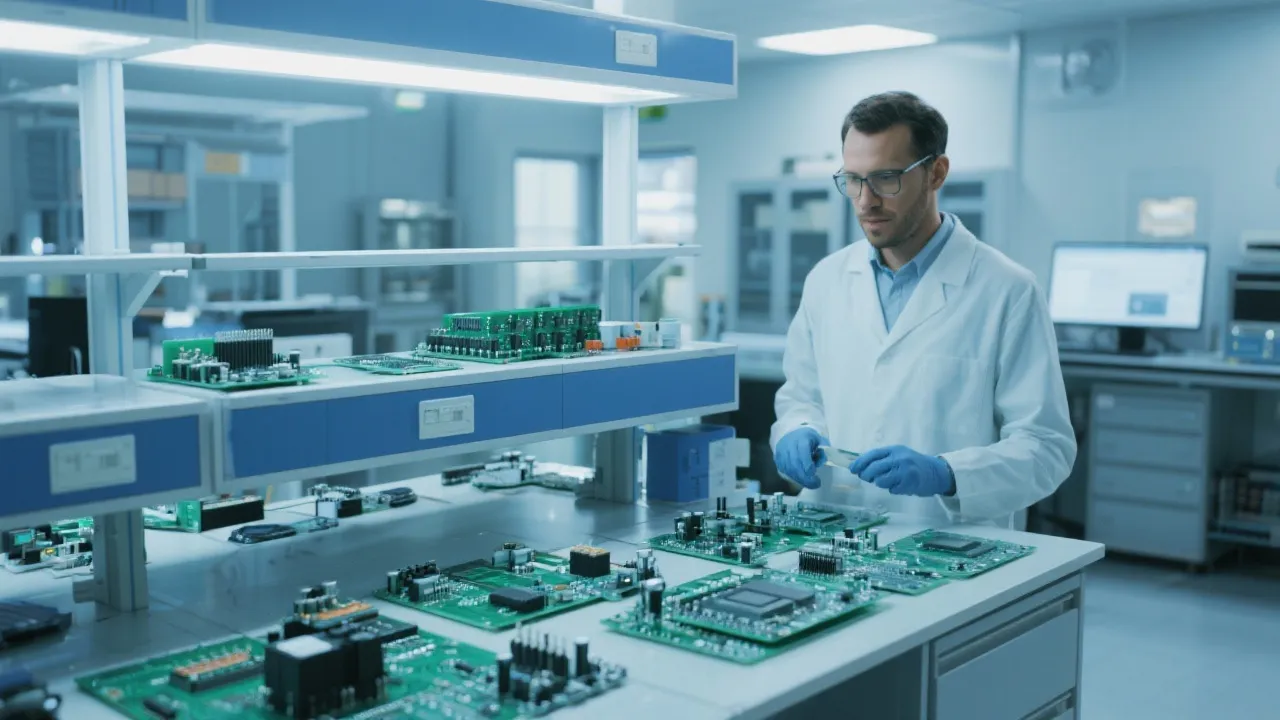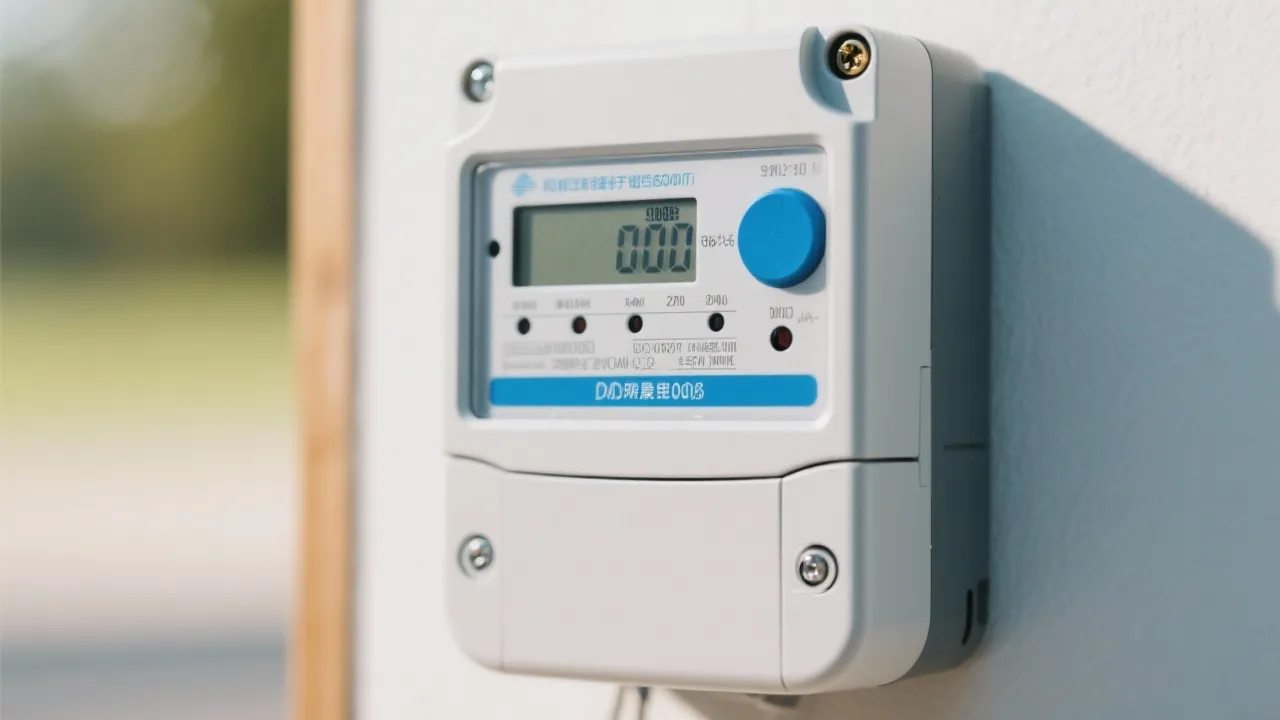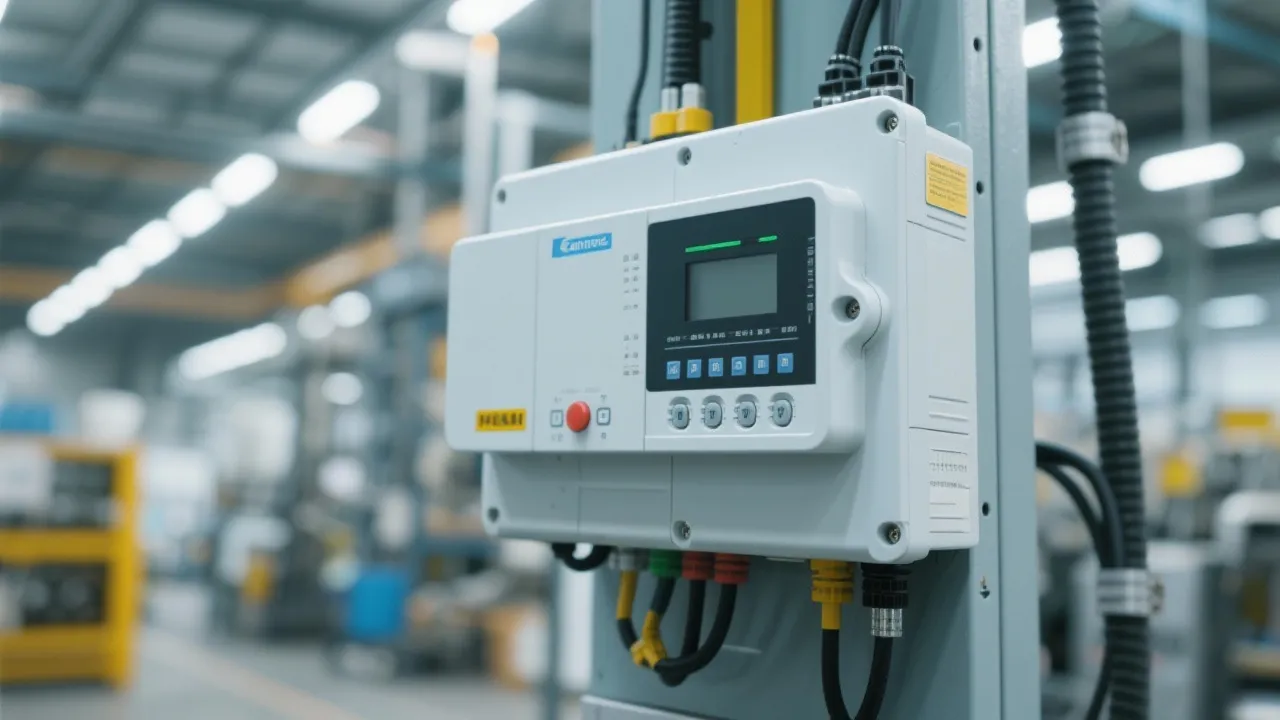Unveiling the Gcms Tq8050
The GCMS-TQ8050 is a leading-edge analytical instrument utilized for gas chromatography and mass spectrometry. It is renowned in the field for enhancing quantitative accuracy and detection sensitivity. This article delves deep into the technological advancements and applications of the GCMS-TQ8050, highlighting its significance in scientific research and industry.
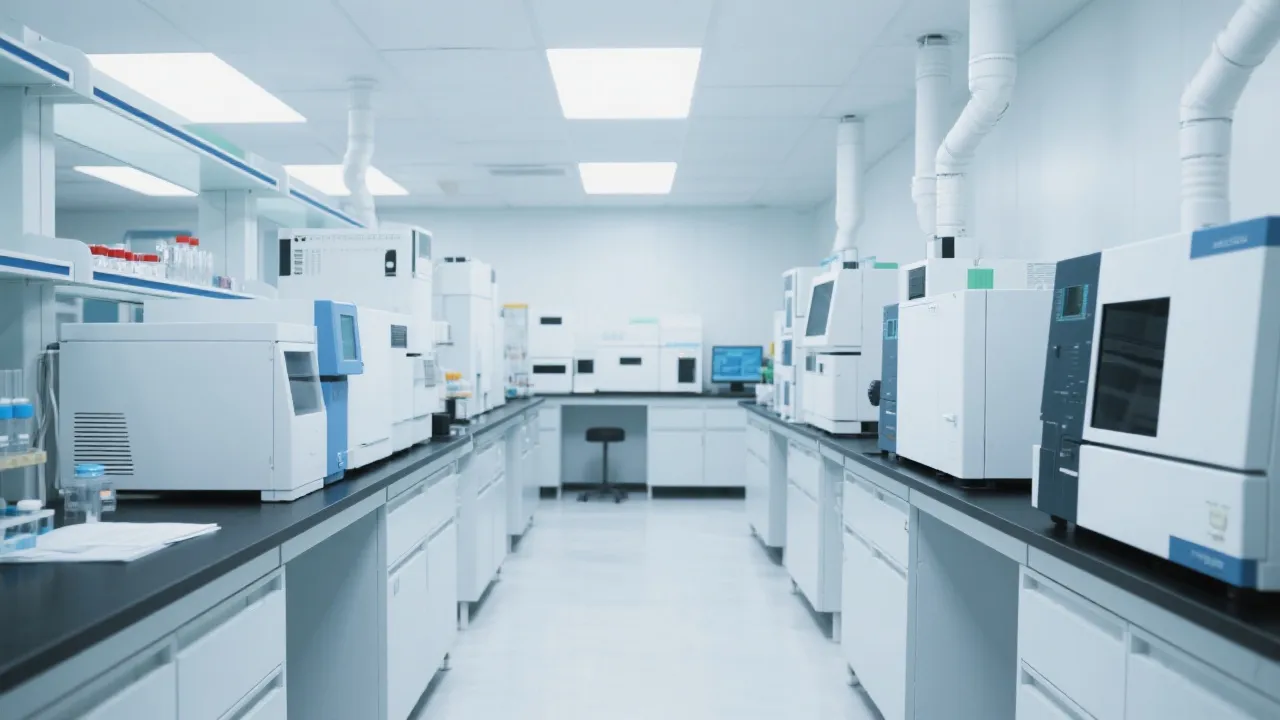
Understanding the GCMS-TQ8050
In the contemporary realm of analytical chemistry, the GCMS-TQ8050 stands out as an integration of gas chromatography and mass spectrometry, offering precise measurements with high sensitivity. This sophisticated instrument is pivotal in fields requiring qualitative and quantitative analysis of complex mixtures such as environmental monitoring, pharmaceuticals, food safety, and forensic investigations. Efficient analysis through sophisticated instrumentation is increasingly pertinent as industries strive for accuracy and reliability in their results, and the GCMS-TQ8050 delivers on this front.
The acronym GCMS stands for Gas Chromatograph-Mass Spectrometer, an analytical tool that combines the features of gas-liquid chromatography and mass spectrometry to identify different substances within a test sample. The significant advancement in the latest model, the GCMS-TQ8050, introduces cutting-edge technologies that significantly improve the accuracy and detection limits of analyses, positioning it as a preferred choice for laboratories seeking robust and dependable analytical solutions.
Technological Advancements
Compared to its predecessors, the GCMS-TQ8050 boasts superior technological advancements that enable it to function efficiently across diverse applications. One of the most notable features of this model is its ultra-fast scan speed, which allows it to process samples rapidly without compromising the quality of analysis. This feature is particularly crucial in high-throughput environments, where time savings can translate to significant productivity gains.
In addition to speed, the GCMS-TQ8050 is equipped with a high-sensitivity detector, allowing for an incredibly low detection limit—this translates to its ability to detect substances at parts per trillion (ppt) levels, thus broadening its applications in fields requiring ultra-sensitive measurements.
One of its flagship technologies is the Dalton Lens, which enhances ion transmission efficiency within the mass spectrometer. This innovative design improves the capture of ions generated during the ionization process, ensuring more precise and accurate ion measurement. The advancement in ion transmission technology correlates directly with improved sensitivity; hence, even trace contaminants can be effectively analyzed without compromising on quality.
Moreover, the instrument’s Triple Quadrupole (TQ) system enables advanced quantitative capabilities unheard of in previous models. The TQ configuration offers a higher selectivity and specificity, pivotal for complex mixture analysis where target compound identification might pose a challenge. This makes the GCMS-TQ8050 ideal for high-sensitivity applications in diverse industries and emphasizes its role as a mainstay in modern laboratories.
Key Applications
The GCMS-TQ8050 is a versatile instrument used in an array of scientific fields, each requiring stringent analytical methods to ensure quality and compliance. In environmental sciences, for instance, it plays a crucial role in detecting pollutants and tracing sources of contamination. Its ability to detect trace levels of compounds makes it indispensable in monitoring environmental quality and compliance with regulatory standards, which have become increasingly stringent in response to growing environmental concerns.
In the pharmaceutical industry, the GCMS-TQ8050 assists in drug development and quality control. By identifying and quantifying drugs and their metabolites, it ensures both efficacy and safety, meeting stringent industry regulations established by health authorities. The ability to perform stability testing, impurity profiling, and metabolite identification enhances researchers' capacity to understand drug behavior and optimize formulations effectively.
Furthermore, the GCMS-TQ8050 proves invaluable in forensic laboratories, where it aids in identifying compounds within biological samples, thus contributing significantly to criminal investigations. Its precision can help pinpoint substances related to drug use or poisoning cases, providing law enforcement and legal entities with critical evidence. The instrument's reliability supports the legal chain of custody, ensuring that results can be confidently presented in court.
Comparison with Other Models
| Feature | GCMS-TQ8040 | GCMS-TQ8050 |
|---|---|---|
| Detection Limit | Standard | Ultra-low (enhanced sensitivity) |
| Speed | Fast | Ultra-fast |
| Ion Transmission | Standard Quadrupole | Dalton Lens with High Precision |
| Quantitative Analysis Capability | Moderate | High (Triple Quadrupole) |
| Complex Sample Analysis | Standard Performance | Enhanced Performance |
This comparison highlights the advancements embedded in the GCMS-TQ8050, making it clear that it represents a distinct leap in capabilities compared to earlier models. Such distinctions are crucial for laboratories considering an upgrade, emphasizing the importance of modernizing analytical instruments to remain competitive in a rapidly evolving scientific landscape.
FAQs
What is the main advantage of using the GCMS-TQ8050? The primary advantage of the GCMS-TQ8050 is its enhanced sensitivity and accuracy, making it ideal for detecting and quantifying even trace amounts of substances in complex mixtures. This superior detection capability facilitates comprehensive analysis necessary for meticulous quality control and compliance across various industries.
Which industries benefit very from the GCMS-TQ8050? Industries such as environmental science, pharmaceuticals, food safety, and forensic analysis benefit significantly due to its precision and reliability. Each of these sectors faces unique challenges that the GCMS-TQ8050 is specifically designed to address, enhancing both operational efficiency and scientific discovery.
How does the triple quadrupole system improve analysis? The triple quadrupole system provides higher selectivity and specificity, enhancing the ability to accurately identify target compounds in complex matrices. This design allows for simultaneous multiple-stage filtering of ions, promoting improved signal detection and reduction of background noise, crucial for accurate quantitation.
Can the GCMS-TQ8050 analyze both volatile and non-volatile compounds? Yes, the GCMS-TQ8050 can efficiently analyze a wide spectrum of compounds, including both volatile and non-volatile substances. Its versatility makes it suitable for a broad range of applications, from ambient air analysis to complex biological mixtures.
What methods can be employed for ionization in GCMS-TQ8050? The GCMS-TQ8050 supports various ionization methods, including electron impact (EI), chemical ionization (CI), and atmospheric pressure chemical ionization (APCI). These methods allow users to tailor the ionization technique to their specific analytical requirements, further enhancing the instrument's applicability.
Conclusion
The GCMS-TQ8050 represents a pinnacle in modern analytical instrumentation, providing unparalleled precision and reliability across various scientific domains. Its technological advancements—including enhanced sensitivity, ultra-fast operation, and advanced ion transmission—make it an indispensable tool for researchers and professionals seeking to conduct highly accurate analyses efficiently. Understanding its capabilities and applications allows for better strategic utilization, driving advancements in scientific research and industry solutions alike.
Moreover, as environmental regulations become more stringent and the demand for pharmaceutical purity intensifies, the role of instruments like the GCMS-TQ8050 will continue to expand, facilitating innovative solutions and improved product safety. The instrument's capacity for comprehensive analysis will empower laboratories to meet evolving challenges head-on, delivering results that uphold the integrity of scientific inquiry and industry practices.
Future Innovations in GCMS Technology
As science progresses and analytical needs evolve, we can anticipate several potential innovations in GCMS technology that may emerge. One such area is the enhancement of automation within GCMS systems. Increased automation could streamline workflows, reduce manual error, and significantly enhance throughput. Users could benefit from automated sample preparation, which would ensure consistency and reproducibility in results, thereby saving valuable time and resources.
Another conceivable innovation is the integration of machine learning and artificial intelligence within GCMS software. The combination of advanced data analysis techniques with the analytical power of GCMS could lead to smarter instrument performance. This would involve predictive analytics for improving method development, enabling researchers to identify the best parameters for analysis based on historical data and patterns. Such a development could revolutionize data interpretation, reducing the time spent on manual evaluations and increasing confidence in results.
Furthermore, we might see advancements in miniaturization techniques. The evolution of portable GCMS systems could allow for on-site analysis in remote or extreme environments, such as disaster zones or high-risk industrial sites. This capability would not only enhance the versatility of GCMS applications but also improve the timeliness of environmental monitoring and response efforts.
In the realm of software development, enhanced user interfaces that incorporate advanced visualization tools could also become standard. Improved graphics for data interpretation, along with real-time feedback during analyses, could foster greater accessibility for users with varying levels of expertise. The push for more intuitive software would facilitate broader adoption among scientists and technicians who might be less familiar with complex instrumentation.
Environmental Monitoring and Regulatory Implications
As global awareness surrounding environmental issues grows, the role of technology in monitoring pollutants and ensuring compliance with environmental regulations becomes increasingly paramount. The GCMS-TQ8050 serves as an essential tool in this respect, as its ability to detect trace levels of hazardous compounds supports regulators in enforcing environmental laws aimed at protecting air, water, and soil quality.
In particular, the GCMS-TQ8050 is instrumental in tracking persistent organic pollutants (POPs) and other endocrine-disrupting compounds that pose significant threats to ecosystems and human health. Governments and environmental organizations around the world rely on the capabilities of advanced analytical instruments to generate credible data that can spur action and inform policy decisions.
Moreover, with increasing globalization and trade, the need for stringent food safety standards is also on the rise. The GCMS-TQ8050 plays a critical role in food production processes by monitoring contaminants throughout the supply chain—from raw material production to finished products. This monitoring helps ensure food safety by identifying pesticide residues, additives, and potential allergens, thereby protecting consumer health.
As regulatory pressures mount, we can expect continued investment in GCMS technology, driving innovation that aligns with sustainable practices and supports the establishment of global health standards. Laboratories equipped with the GCMS-TQ8050 will thus be well-positioned to meet these growing demands and champion the advancement of safe, high-quality products.
Conclusion: A Vision for the Future
The capabilities of the GCMS-TQ8050 affirm its position as a cornerstone of analytical chemistry in today's and future scientific landscape. Scientists and industry professionals are tasked with navigating an increasingly complex world of analyses, regulatory standards, and product safety considerations. The enhancements and innovations offered by the GCMS-TQ8050 equip them with the tools necessary to maintain trust in research and products across various industries.
As this technology continues to evolve, the integration of sophisticated features, along with its steadfast reliability, will allow researchers to deepen their understanding of complex mixtures and advance the frontiers of knowledge across disciplines. In doing so, the GCMS-TQ8050 will not only prove to be a robust analytical instrument but also a vital partner in the quest for scientific excellence and innovation.





